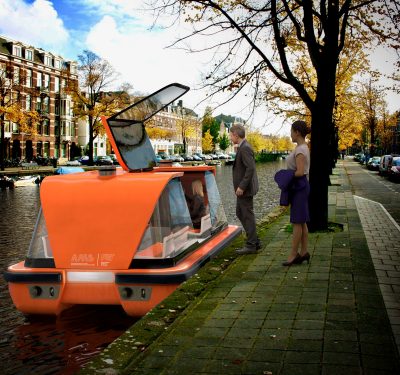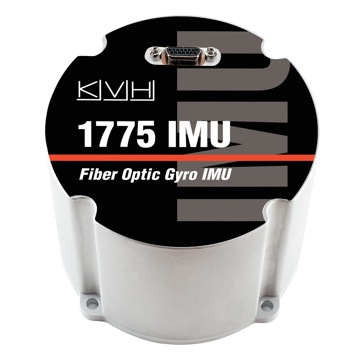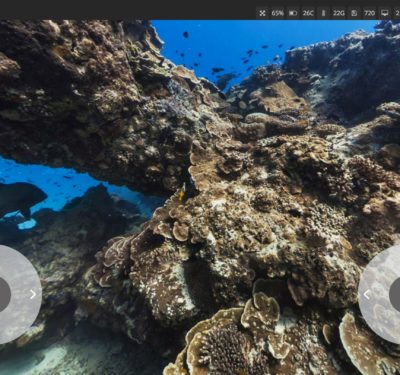
PHOTO Courtesy of DARPA.
The Defense Advanced Research Projects Agency (DARPA) has tapped five teams to help it develop sensors and software to create natural intruder alert systems by interpreting the sounds of sea life reacting to the passing of manned and unmanned ships.
Under DARPA’s Persistent Aquatic Living Sensors (PALS) program the teams will develop sensors to detect and record the behaviors of creatures like goliath grouper, black sea bass and snapping shrimp as well as bioluminescent plankton and other microorganisms. The goal is to use their sounds and other reactions to indicate the presence of ships, boats and unmanned underwater vehicles in strategic waters.
“Tapping into the exquisite sensing capabilities of marine organisms could yield a discreet, persistent, and highly scalable solution to maintaining awareness in the challenging underwater environment,” said PALS program manager Lori Adornato in a press release.
In addition to sensors — including hydrophones, sonar, cameras, and magnetic, acoustic and kinetic sensors — the teams must learn to interpret sea life responses, screen out false positives, and transmit analyzed results to remote end users.
— The team led by Northrop Grumman Corporation will record and analyze acoustics from snapping shrimp and optical activity by bioluminescent organisms.
— The Naval Research Laboratory team will integrate microbial organisms into a sensing platform to detect and characterize biological signals from natural microorganisms that respond to the magnetic signatures of underwater vehicles.
— The team led by Florida Atlantic University will record and analyze the vocal sounds of goliath grouper in tropical and subtropical environments.
— The team led by Raytheon BBN Technologies will study snapping shrimp as sources of opportunity for long-range detection, classification, and tracking of underwater vehicles.
— The team led by the University of Maryland Center for Environmental Science will tag black sea bass with sensors to track the depth and acceleration patterns of schools of fish that are disturbed by underwater vehicles.
The Naval Undersea Warfare Center is also receiving funding to develop a seafloor system that uses a hydrophone array and acoustic vector sensor to continuously analyze changes in the natural sounds of a coral reef to detect and classify underwater vehicles in near-real time.






